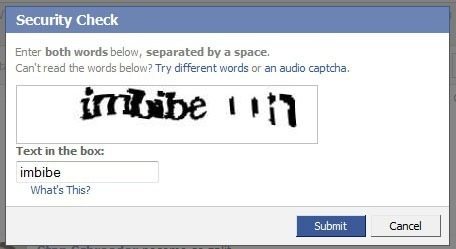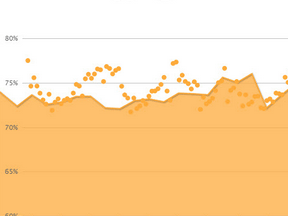Whether or not to utilize customer accounts is a never-ending debate. There are pros and cons to either method: prompting shoppers to create an account versus offering only guest checkout. Few online stores can justify the requirement of a customer account, but those offering it as an option can implement additional features while also enticing shoppers to take the plunge.
It is a two-step system. First, you have to make it easy on the shopper — so easy that it doesn’t feel like an intrusion. Second, he needs a valid reason to register. This typically requires instant gratification.
Don’t Treat Shoppers Like First-time Patients
One of the most frustrating issues of seeing a doctor for the first time is filling out all the paperwork — again. In 2012, Experian reported that the consumers had an average of 26 online accounts. In 2013, a VentureBeat writer was surprised to find she had at least 114 accounts across the web. With so many websites — not just stores — wanting us to create accounts, it’s no surprise that number keeps growing. But how many websites are abandoned because of account requirements or requests? We likely will never know.
Keeping the account creation process simple is necessary to get the highest number of signups. Consider one or more of the following.
- Allow shoppers to use their email address as the login. It is something they’ll always remember, and it eliminates a “forgot this” step. If your shopping cart cannot allow for the email as a user name, look to implement an auto lookup to display in real-time if the desired user name is available.

Eliminate frustration about asking for minimal information and allowing signups using email addresses.
- Embrace the social world. By integrating social logins, like Facebook or Twitter, signing up for accounts is much easier. While OAuth — the open protocol that provides token-based authentication — has had its own share of hiccups, it’s really no less secure than other standard methods.
- Let them use a password they want. Recommendations are fine, but requiring a long password with mixed case and special characters increases frustration. You’re not a bank, so forcing customers to jump through hoops to create a special string they won’t remember will increase checkout abandonment.
- Ask for optional information later. Only information vital to the account and checkout should be front and center.
- Eliminate CAPTCHA. A real need for CAPTCHA during account creation or checkout is quite rare. CAPTCHAs are a key reason people leave any website. If you must use it, ask for real words so it’s easy for users to decipher.

Even reCAPTCHA has its problems. Can you figure out the entire string? Source: Mashable.
- Enable auto fill. Having to manually type one’s name, address, and email address can be time consuming, especially on a mobile device. Let the user decide if she wants to store this information and use it to fill out any forms on your site.
You may be aware of the hazards of auto fill, which can result in shoppers unknowingly passing data they don’t want to a website. However, disabling the feature for them doesn’t protect them from other websites.
- Once the account is created, sign the user in automatically. Unless your business has a manual approval process, requiring users to log in right after creating an account, or worse, to check their email to click a verification link, increases the chance of abandonment.
- Integrate the account creation seamlessly during checkout. By asking for one piece of additional information — the password — you can eliminate headaches and steps. This process merges account creation with the checkout itself, which makes for happier shoppers.

BuyAprons.com’s checkout includes a checkbox for account creation. When checked, fields display for the desired username (which could be the email address), password, and email updates.
Give Shoppers Reasons to Sign Up
It makes sense to want shoppers to create accounts since we encourage signups (a) to grow mailing lists, (b) simplify the customer support system, and (c) advise customers of any issues post-order. Here are some ways to encourage them during the checkout process.
- Offer a coupon on this order. Feed the shopper’s desire for instant savings. This is often integrated with a newsletter signup, and it decreases the chance of the shopper hunting the web for a valid discount code.
- Offer follow ups on purchases, warranties, and more. If you sell big-ticket items, providing e-services for registered customers can help close sales.
- Order history lookup and reorders. One of the biggest benefits for having an Amazon account is the ability to look up previous purchases in one step. It’s a handy tool for sites that sell products that are often reordered.
- Run a rewards program. People love to save. They also love to rack up points toward something else they really want. Rewards are good incentive to create accounts, and a good way to build a loyal customer base.

Crutchfield.com offers bonus rewards when you create an account. Something for nothing is always nice.
Other options include sweepstakes entries, wish lists, storage of information pertinent to the types of products commonly ordered, and discussion boards. The features you implement are dependent on your target audience and market.
Nonetheless, the prompt for account creation during checkout shouldn’t impede on the shopping experience itself. Done right, it can result in higher conversions and long-term relationships with would-be, one-time shoppers.




